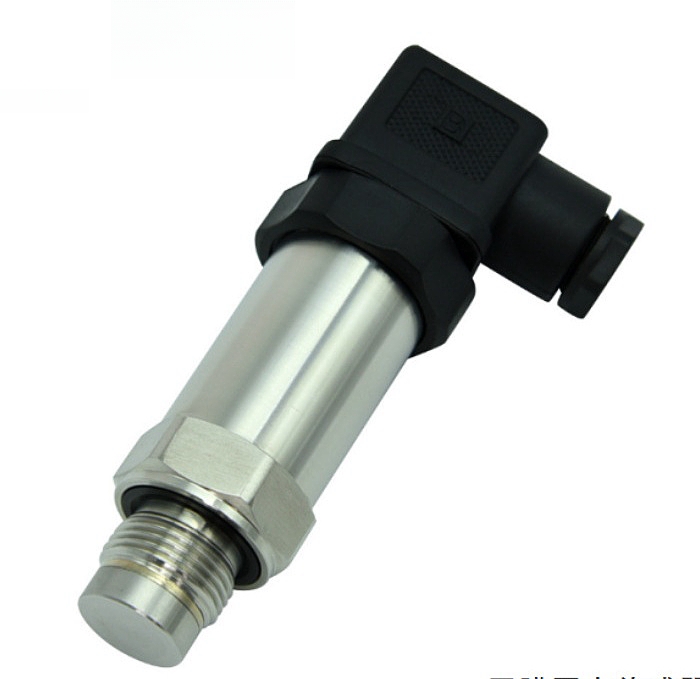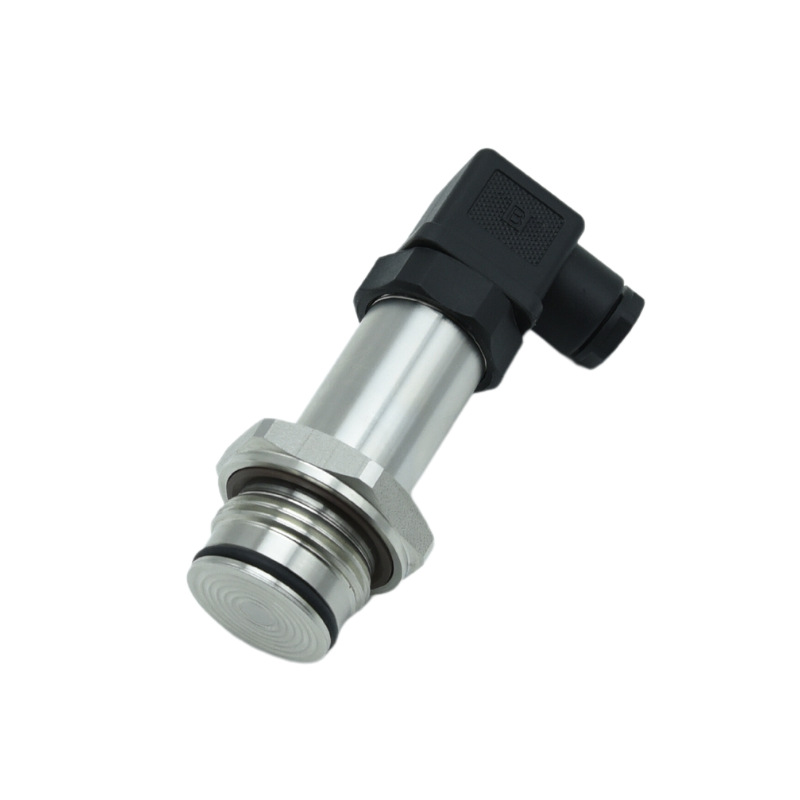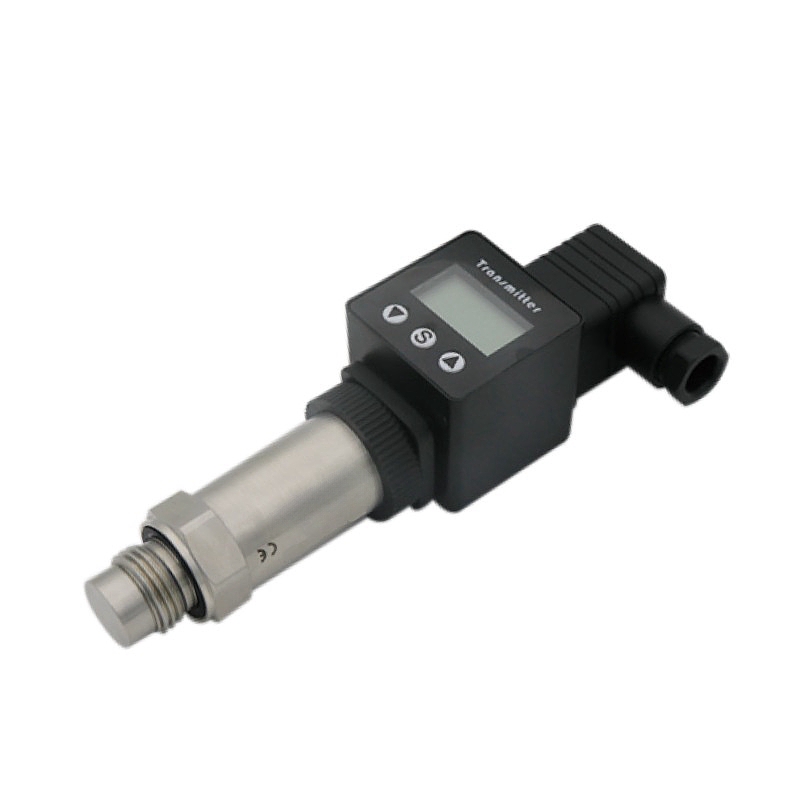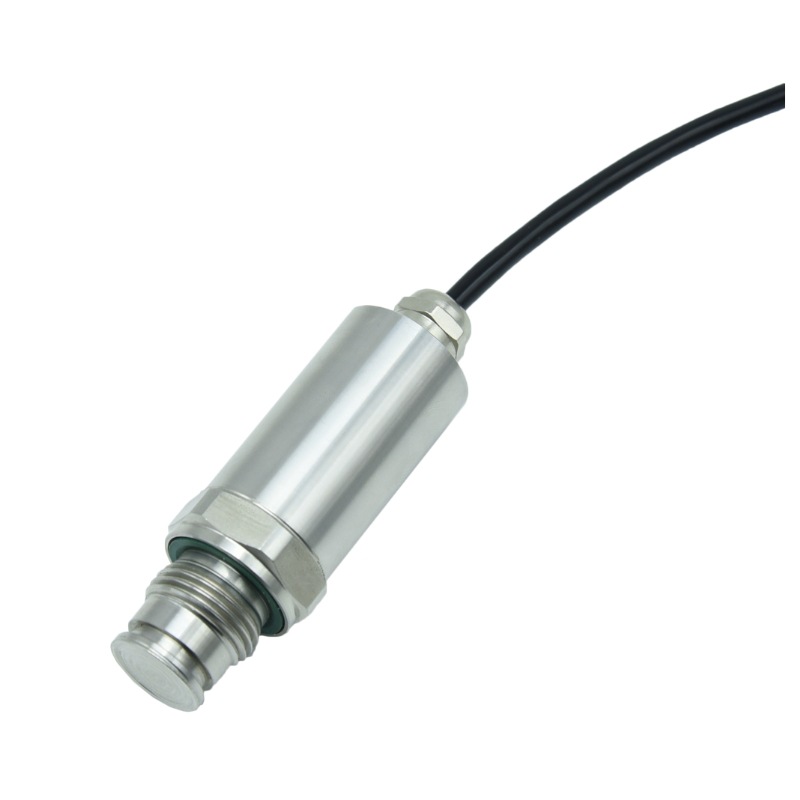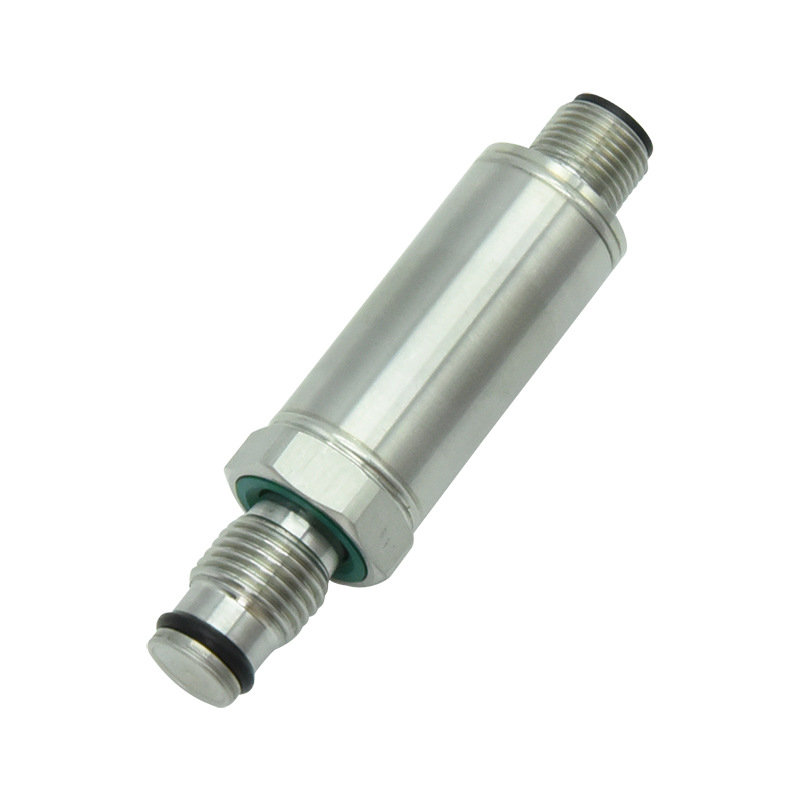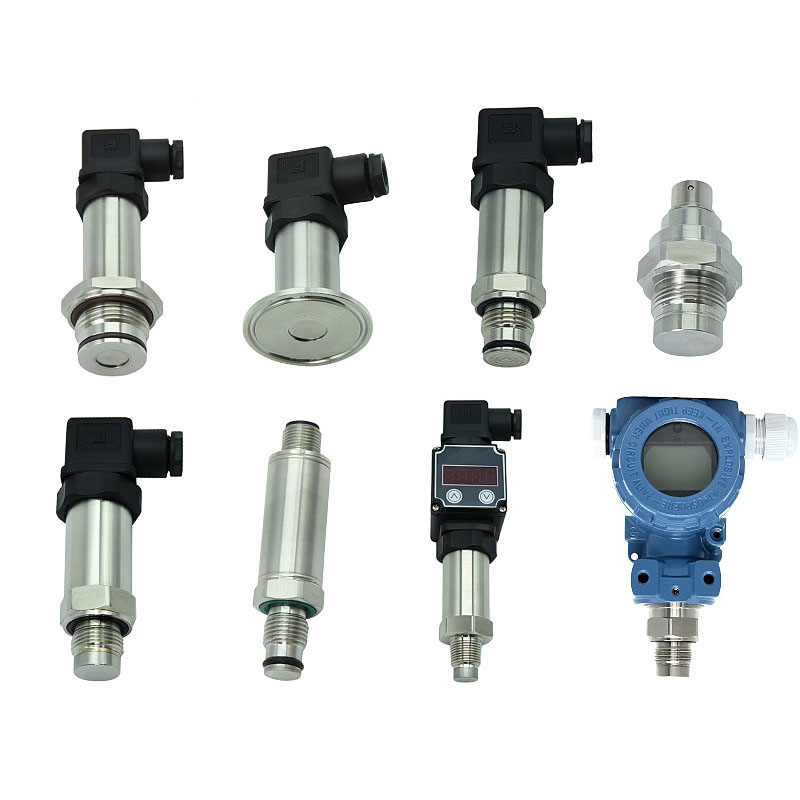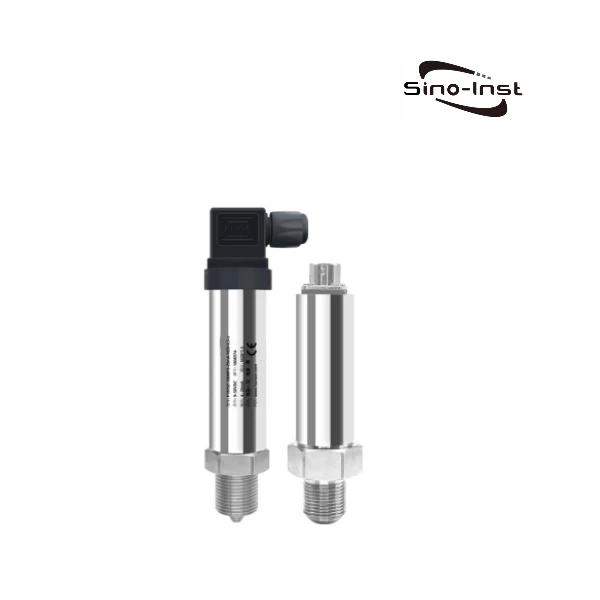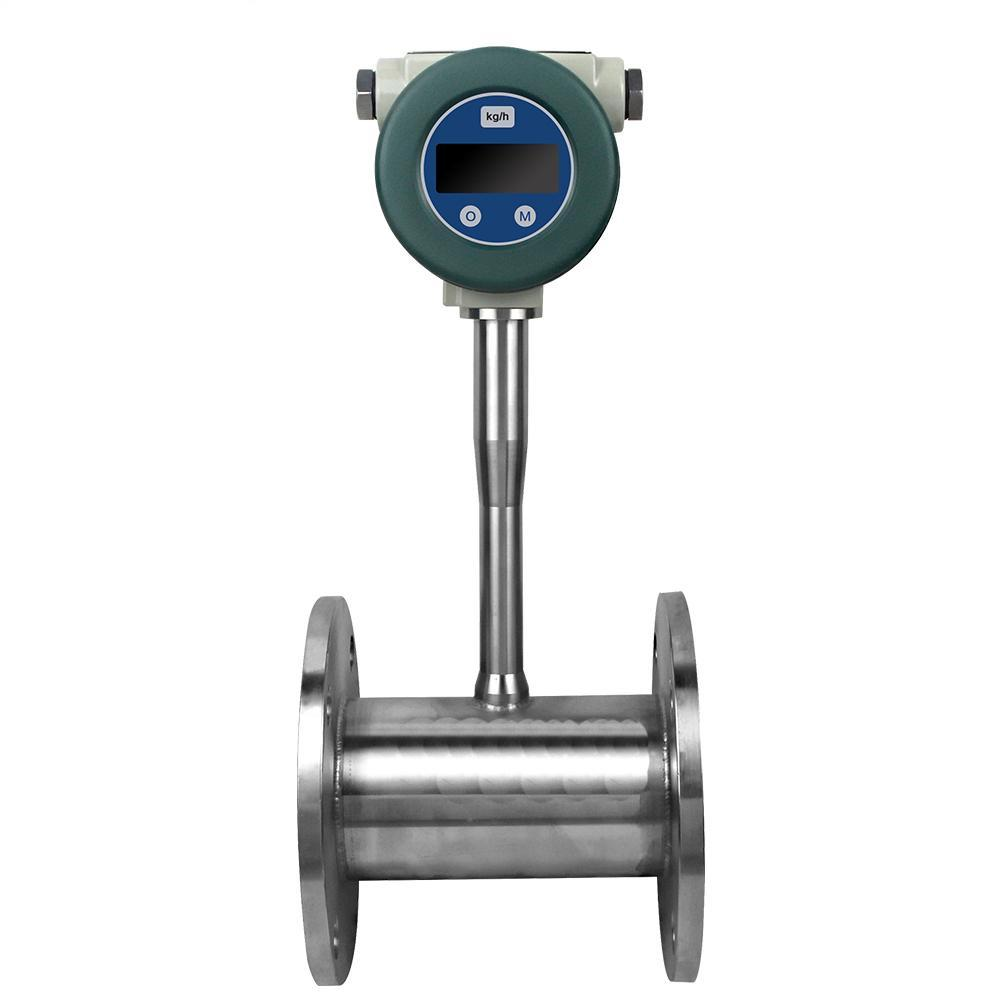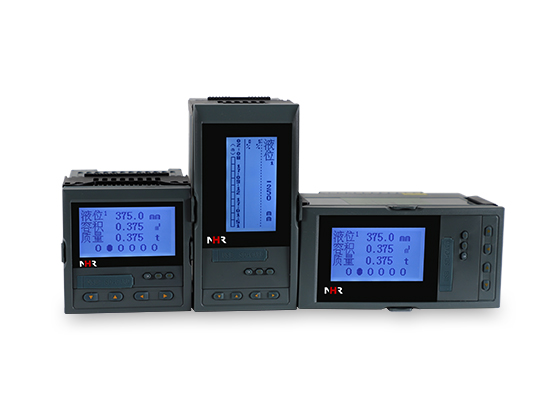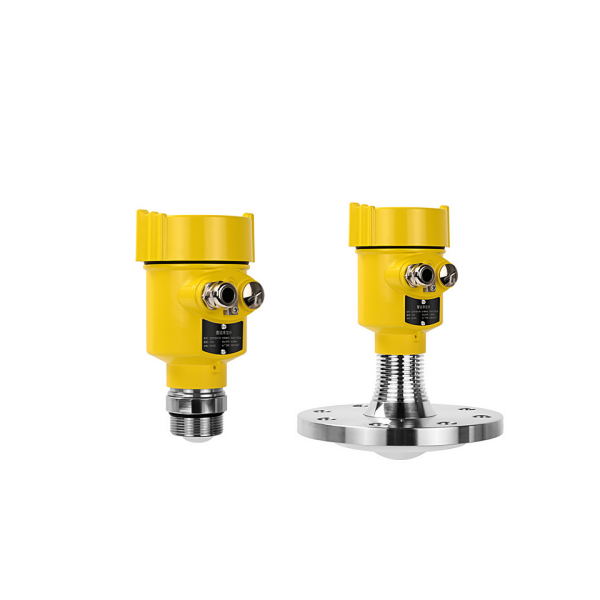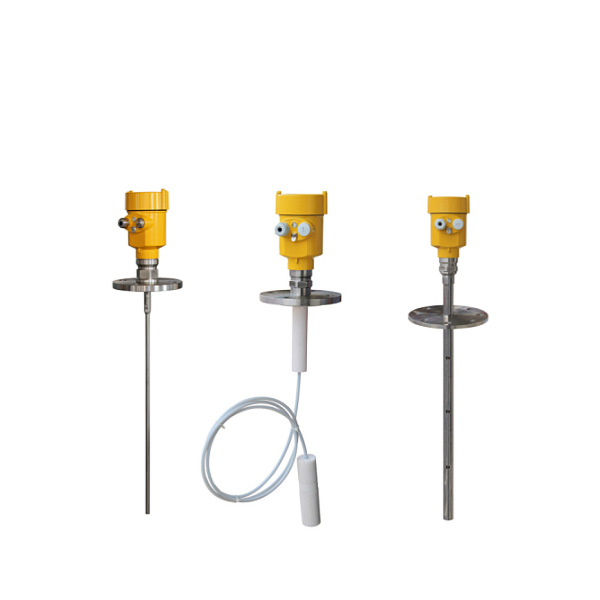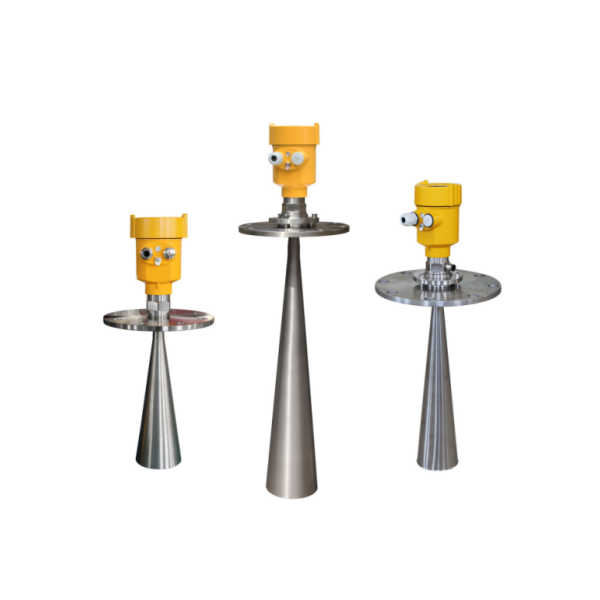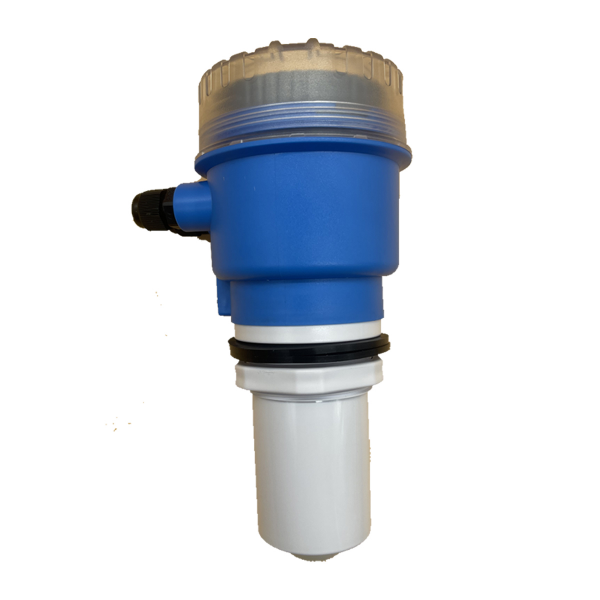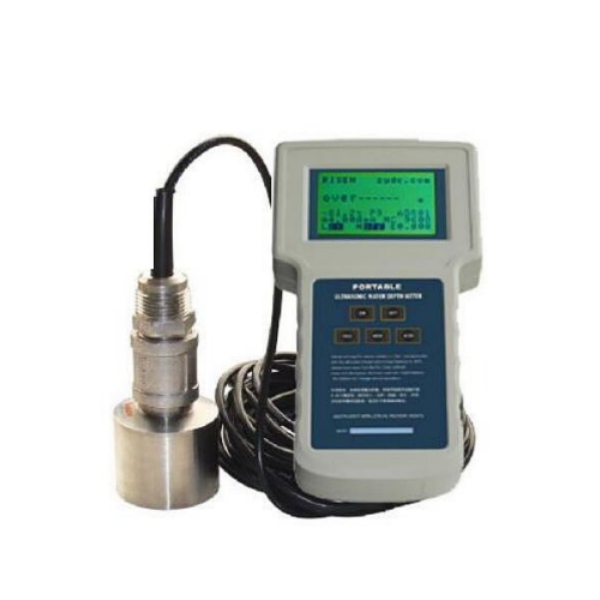What is a diaphragm pressure transducer?
Diaphragm pressure transducer refers to a type of pressure transmitter in which the liquid-contacting diaphragm at the pressure measurement end is a flat diaphragm design.
Our conventional pressure transmitter has a pressure hole at the measuring end, which can be used to measure the pressure of gas, water and other liquids. Once used to measure viscous media or media that is prone to crystallization, the pressure hole will be blocked. Seriously affects the measurement of pressure.
Diaphragm pressure transducer is made of a specially strong stainless steel flush thick diaphragm and a high-performance intelligent computing compensation circuit. The all-stainless steel integrated structure ensures that the impact of hard particles in the measured medium will not damage the sensor diaphragm.
It has the characteristics of anti-clogging, wear-resistant, stainless steel back film, anti-particle impact, anti-vibration, etc. It is suitable for fluid pressure measurement of high-temperature, viscous and easy-to-clog slurries, outdoors, strong vibration, and solid-liquid mixing.
Diaphragm pressure transducer working principle
Diaphragm Pressure Transmitters use processes such as diffusion or ion implantation to form resistors and connect them to form a Wheatstone bridge. Micromachining technology is used to form a pressure-sensitive diaphragm under the bridge.
When pressure acts on the diaphragm, the resistance changes and produces a linearized output signal proportional to the applied pressure.
Adding a DC power supply to a Wheatstone bridge will produce a DC voltage signal output. After the secondary conversion line, a two-wire 4~20MA output is achieved.
What are the advantages of diaphragm pressure transducer?
- Upgrade structure:
Cavityless measuring diaphragm is especially suitable for measuring liquids with high viscosity. The modified product adopts an improved and optimized installation structure, which makes the product have good vibration resistance.
Equipped with a variety of unique amplification circuits, such as anti-interference, high temperature resistance, intrinsically safe and explosion-proof types, etc., the modification is suitable for various measurement and control occasions such as oil fields and food. - High-precision measurement:
Advanced signal conditioning technology and intelligent calibration algorithms are used to ensure the accuracy and linearity of the output signal. - Wide pressure range:
Adapt to a variety of measurement scenarios and meet different industrial needs. - High stability:
Special materials and structural design are used to ensure stability and reliability for long-term use. - Easy to integrate:
Standard electrical signal output facilitates integration with various control systems and data acquisition systems.

